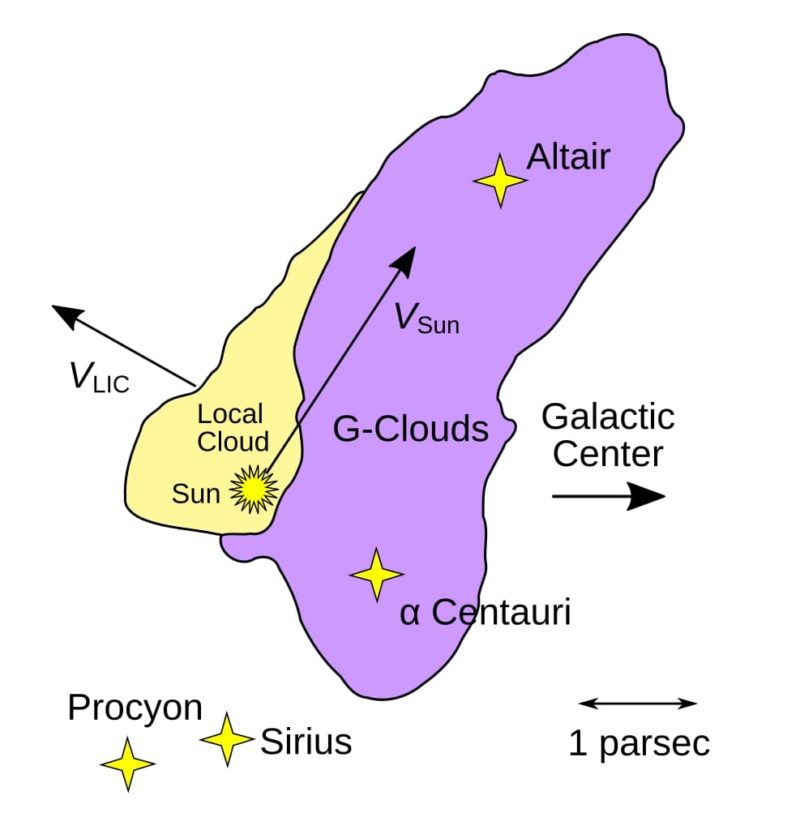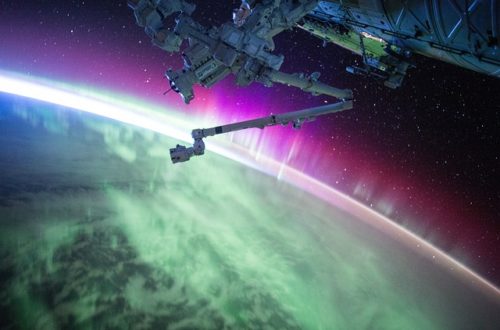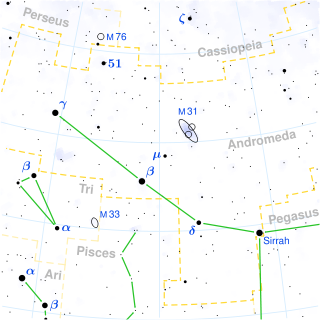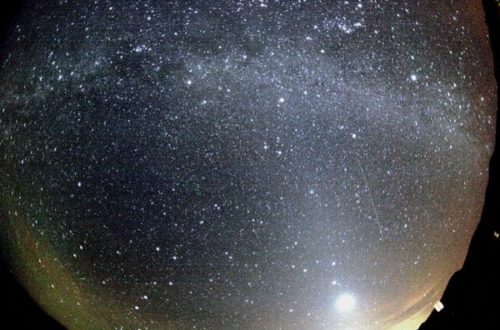The Local Interstellar Cloud: Characteristics and Significance

About 1% of the Milky Way’s mass is interstellar dust and gas, forming clouds floating in space. These interstellar clouds, fascinate scientists with their origins and mysteries.
They sound like fluffy balls, but they hold the secrets of star birth and death. Clouds form from gas and dust pushed together by gravity. They drift between stars, sometimes interacting with planets and stars.
Imagine them brushing past our solar system. Explore these cosmic wanderers and their potential to change the space environment. Discover the universe’s whispers through these celestial clouds.
What Is the Local Interstellar Cloud?
Definition and Basic Characteristics
First, we get an introduction to the Local Interstellar Clouds (known as LIC). They’re composed of gas and dust and belong to the interstellar medium. Think of a huge cloud full of atoms of hydrogen and helium, with small amounts of other elements mixed in.
This cloud isn’t as dense as the clouds we see in the sky. Instead, it’s very thin, with just a few particles per cubic centimeter. You may be wondering how we even know they’re out there. Well, it’s mostly through how light from stars interacts with these clouds.
As starlight passes through, it becomes absorbed or scattered by cloud particles. This interaction gives us clues about the makeup of those particles. These clouds are typically a few light-years across, like a cosmic fog suspended between star systems. You can think of them as the neighborhoods where stars and planets pass through, each cloud having its unique characteristics.
Importance in Space Science
Why do we care so much about these clouds? Turns out they have a big role when it comes to space science. They help us understand the lifecycle of stars. Stars are born, live out their lives, and eventually die, returning their material to these clouds.
Scientists also study them to learn about the composition of our galaxy. They can examine the components within these clouds, which helps them understand how the galaxy has evolved over billions of years. A cloud rich in heavy elements means previous generations of stars had been there, filling the cloud with those leftovers after their lives ended.
Origins and Formation Processes
Formation Mechanisms
When we talk about the formation of the Local Interstellar Cloud, we’re diving into a world where gas and dust come together under specific conditions. These clouds aren’t just floating lazily through space; they’re often born from dramatic cosmic events like supernova explosions.
Imagine a star reaching the end of its life and exploding, spewing out elements into space. This explosion is like nature’s way of recycling, providing the raw materials for these clouds.
Influence of Nearby Stars
Nearby stars play a big role in shaping these interstellar clouds. The Local Interstellar Cloud is flowing outwards from the Scorpius-Centaurus association. This movement affects the makeup and behavior of the LIC.
Additionally, this interaction can heat and compress the gas, altering its density and temperature. The Local Bubble, a wider region including our Local Cloud, is a good example of stellar influence. The stars within it have carved this bubble out, rendering it a unique and curious member of our cosmic neighborhood.
Composition and Structure
Chemical Elements Present
The Local Interstellar Cloud (LIC) is a collection of elements that is mostly hydrogen and helium. Most of the cloud’s mass is made of these two elements. Hydrogen normally forms neutral atoms in the cloud.
It doesn’t end there. The LIC also contains trace amounts of heavier elements like carbon, oxygen, and nitrogen. These heavier elements are a key part of the cloud’s chemical dynamics.
Carbon and oxygen, for instance, can create simple molecules like carbon monoxide, which can be detected through spectral lines. Such molecules offer insight into the cloud’s history and its interactions with surrounding space.
It’s like solving a cosmic jigsaw puzzle, with each piece shining light on some aspect of the cloud’s history.
Density and Size Variations
Understanding the density of the LIC is very important. It registers about 0.3 atom per cubic centimeter. To illustrate how sparse this is, let’s compare it to Earth’s atmosphere at sea level, which contains roughly 2.7×10^19 molecules per cubic centimeter.
So, you can picture how thin the cloud is. Despite this low density, the cloud stretches across 30 light-years, about 9.2 parsecs, giving it a surprisingly large volume.
Effects on Solar System
The Local Interstellar Cloud, a mix of dust and gas, is right on our cosmic doorstep, impacting our solar system in subtle yet significant ways. Despite its thin nature—where dust makes up just about one percent of its mass—this cloud plays a crucial role.
Imagine the Local Cloud as a cosmic buffer zone, where its sparse density (only 0.3 atom per cubic centimeter) meets the solar wind. This interaction creates a unique environment influencing the heliosphere, which is the bubble-like region surrounding our solar system. It’s like the heliosphere’s shield, protecting us from cosmic radiation.
The presence of elements like Iron-60, a radioactive isotope from ancient supernovae, hints at past cosmic events that have shaped the solar neighborhood over millions of years.
Conclusion
The Local Interstellar Cloud holds mysteries and wonders. It steers space weather and cosmic rays. You look into its secrets, and you see the past and future of the universe.
Care to dig deeper? Grab your telescope or dive into research. Let’s embark on this journey of discovery together. You may get an answer — or more questions. That’s the wonder of science. It’s a journey with no end.
Would you like to receive similar articles by email?





